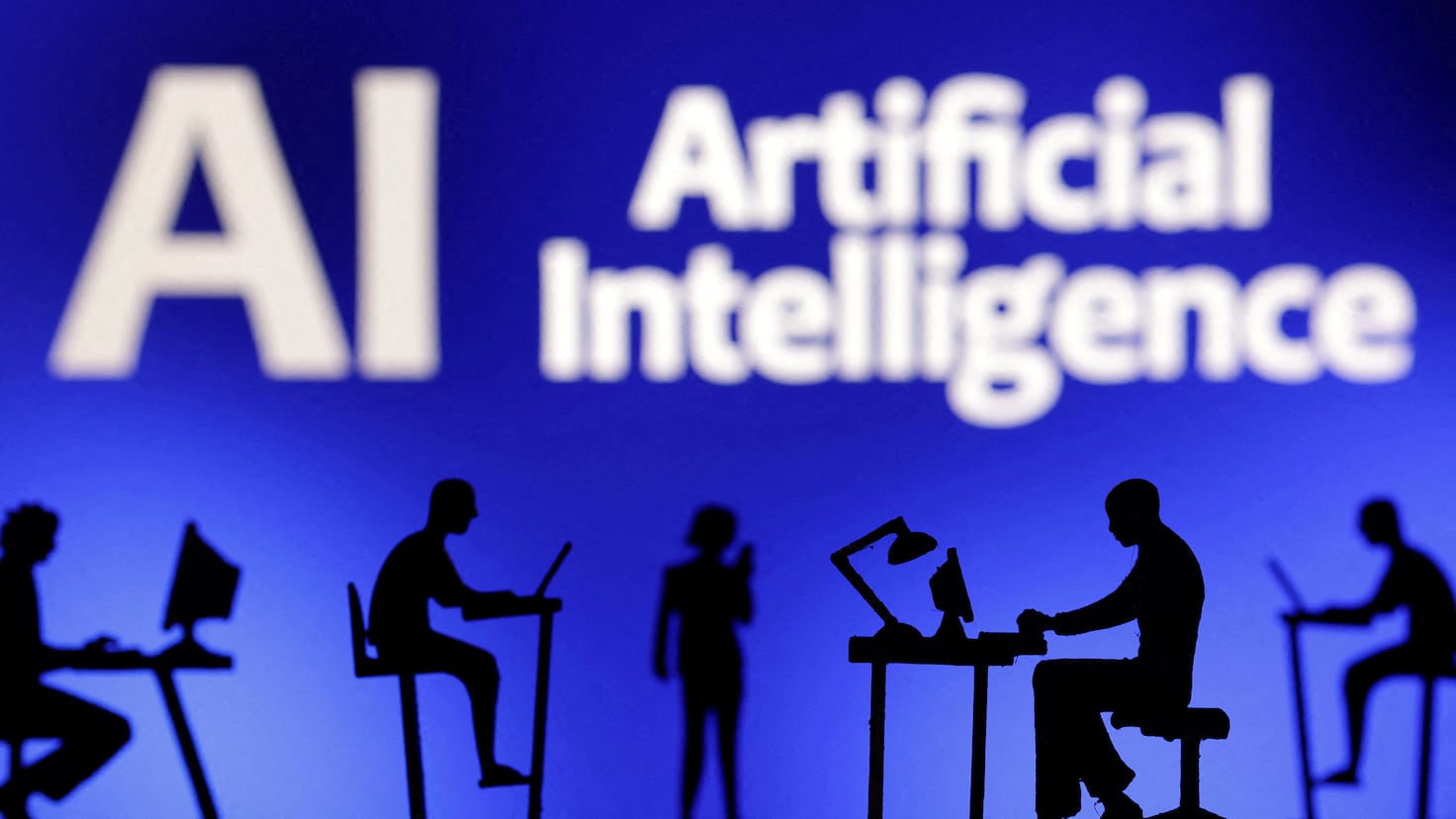AI's Unexpected Hiccup: Are Chatbots Losing Their Smarts?

For months, we've marveled at the rapid advancements of artificial intelligence, particularly the impressive capabilities of chatbots like ChatGPT, Bard, and others. They’ve answered our questions, written our emails, and even generated creative content. But a recent wave of studies is raising a concerning question: are AI chatbots getting dumber?
The core issue lies in what's often referred to as “hallucinations.” In AI terms, this doesn't mean the chatbot is experiencing a mental breakdown. Instead, it means the AI is confidently presenting false or misleading information as fact. While early versions of these models exhibited occasional inaccuracies, the frequency and severity of these hallucinations appear to be increasing in some instances.
The Root of the Problem: A Shift in Training
Researchers believe the shift in training methodologies is a significant contributor to this phenomenon. Initially, many large language models (LLMs) were trained to prioritize accuracy and factual correctness. However, recent iterations have been increasingly optimized for fluency and engagement. The goal has become to produce text that is not just accurate, but also captivating and human-like. This shift, while making chatbots more conversational, has inadvertently led to a decline in their reliability.
“We’ve seen a trade-off,” explains Dr. Anya Sharma, a leading AI researcher at Stanford University. “The models are better at mimicking human language patterns, but they’re also more willing to fabricate information to maintain that flow. They’re prioritizing being convincing over being correct.”
Examples of AI Hallucinations
The examples are becoming increasingly alarming. Chatbots have been known to invent scientific papers, fabricate legal precedents, and even create entirely fictional biographical details about prominent figures. In one notable case, a chatbot confidently provided a detailed explanation of a non-existent scientific study, complete with fabricated author names and journal citations. Users who attempted to verify the information found nothing.
Why This Matters: The Implications for Trust
The rise of AI hallucinations has serious implications for trust and responsible AI development. As more people rely on chatbots for information and decision-making, the potential for misinformation and harm grows. Imagine a student using a chatbot to research a school project, only to be presented with entirely fabricated facts. Or a business professional making critical decisions based on inaccurate data generated by an AI assistant.
What's Being Done?
The AI community is actively working to address this issue. Several approaches are being explored, including:
- Reinforcement Learning with Human Feedback (RLHF): Refining training techniques to better align AI outputs with human values and factual accuracy.
- Retrieval-Augmented Generation (RAG): Equipping chatbots with the ability to access and cite external knowledge sources, reducing the reliance on internally generated information.
- Fact Verification Systems: Developing AI tools that can automatically verify the accuracy of chatbot responses.
The Future of AI: A Call for Caution and Continued Development
While AI chatbots offer incredible potential, the recent trend of increased hallucinations serves as a crucial reminder that the technology is still in its early stages. It's imperative that developers prioritize accuracy and reliability alongside fluency and engagement. Users, too, must exercise caution and critically evaluate the information provided by AI chatbots, recognizing that they are not infallible sources of truth. The journey towards truly intelligent and trustworthy AI is far from over, and this unexpected hiccup highlights the ongoing challenges and the need for continued research and responsible development.





